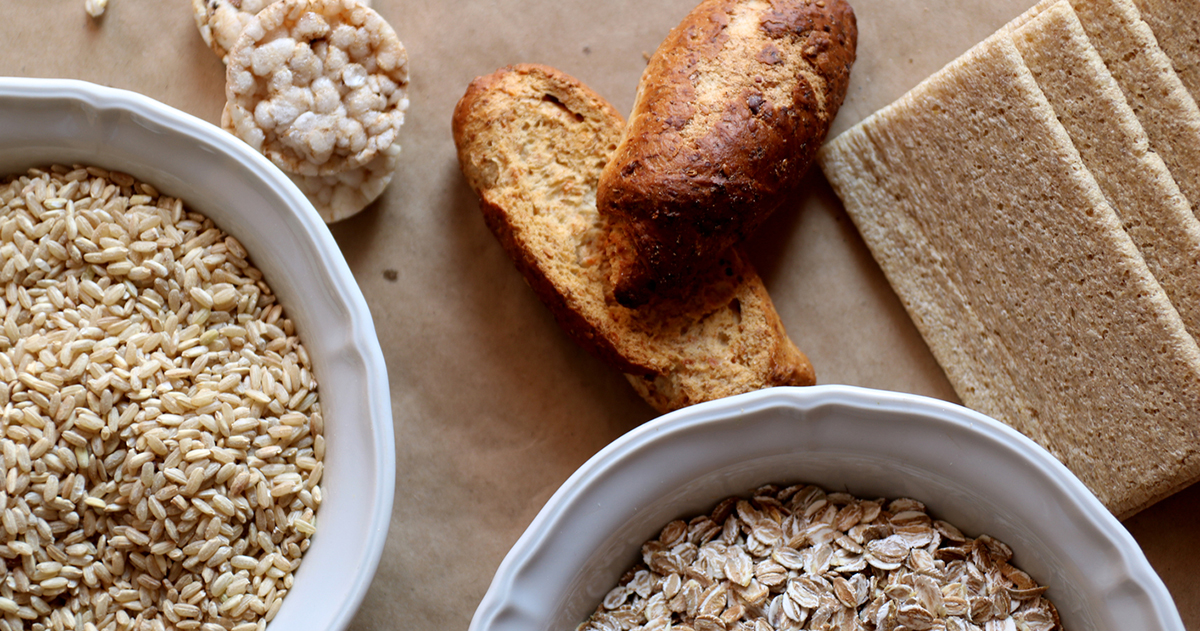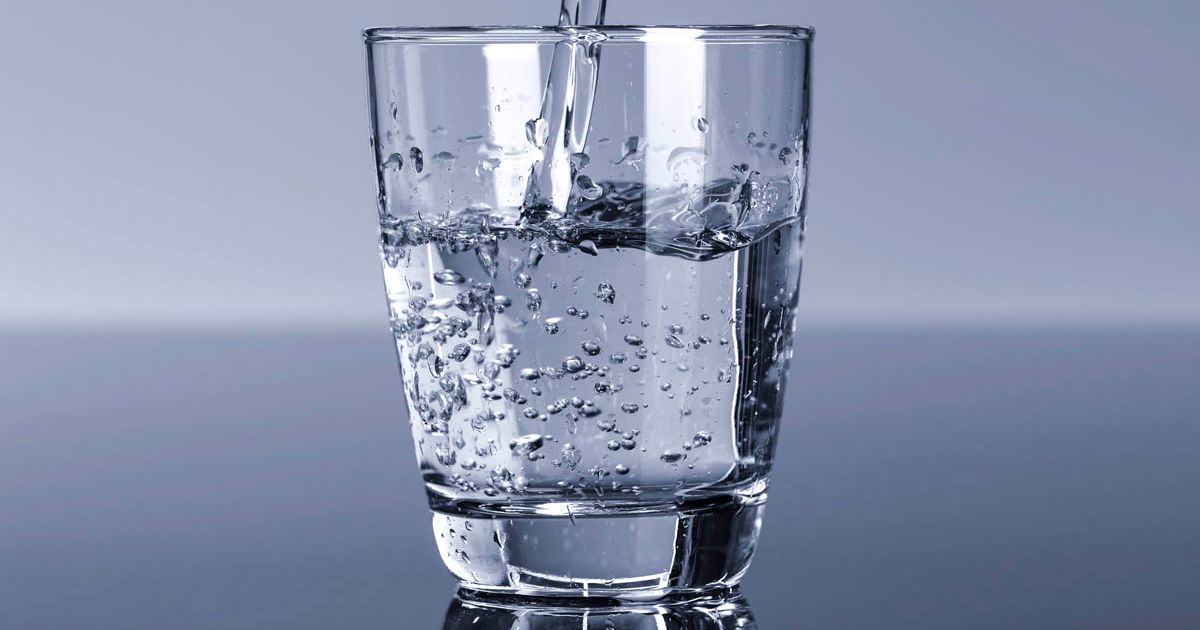What Is The Diverticulitis Diet?
Foods To Avoid Eating

According to experts, there are no prohibited foods on the diverticulitis diet if there is no flare-up. In the past, however, individuals were told not to eat nuts, popcorn, and seeds. This advice has been eliminated due to further studies, and there are no foods known to trigger an attack.
However, when a flare-up occurs, there are some foods to avoid eating, including whole grains like brown rice, oats, spelt, quinoa, amaranth, and bulgur. Beans and legumes like chickpeas and lentils, alcohol, as well as high-fiber vegetables and fruits should also be temporarily avoided.
Get to know more details about how the diverticulitis diet progress by reading more now.
How The Diet Progresses

With a severe attack, a liquid diet will be recommended as the first step, though as previously mentioned, it usually lasts for only a few days. This gives the digestive system a chance to rest and begin healing. It should also help with pain. The rate of relief is determined by how the diet progresses.
As the symptoms lessen, low-fiber foods should be added gradually. Consultation with a physician should determine how fast a patient can return to a normal diet. This time is often different for each patient, and it depends on the severity of the damage to the intestinal wall. If the flare-up is mild, the doctor may recommend a low-fiber diet to begin with, gradually adding more food.
Continue reading to discover information about the diet's overall effectiveness now.
